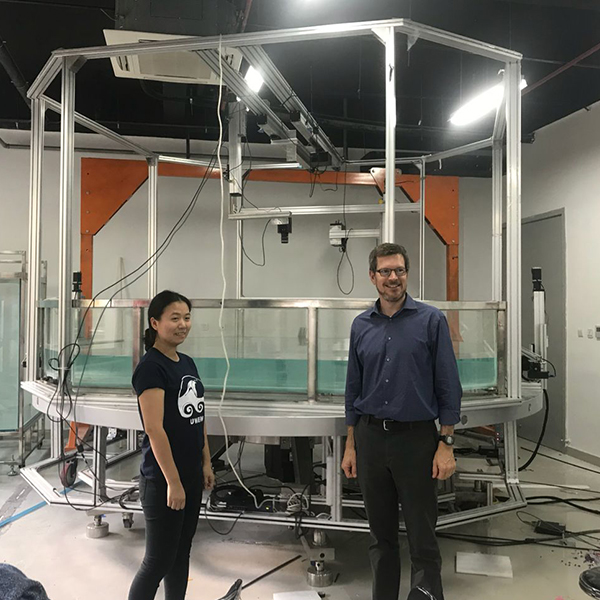

FUYU Technology is a Linear Motion System Intelligent Products Manufacturer.
Our main products include Ball Screw Linear Module, Belt Driven Linear Guide, Electric Actuator, Multi-axis Positioning Stage and Motion Controller for Cartesian Robot.
We are certificated by CE, FCC, RoHS, IP65, TUV and ISO9001.
After-sales